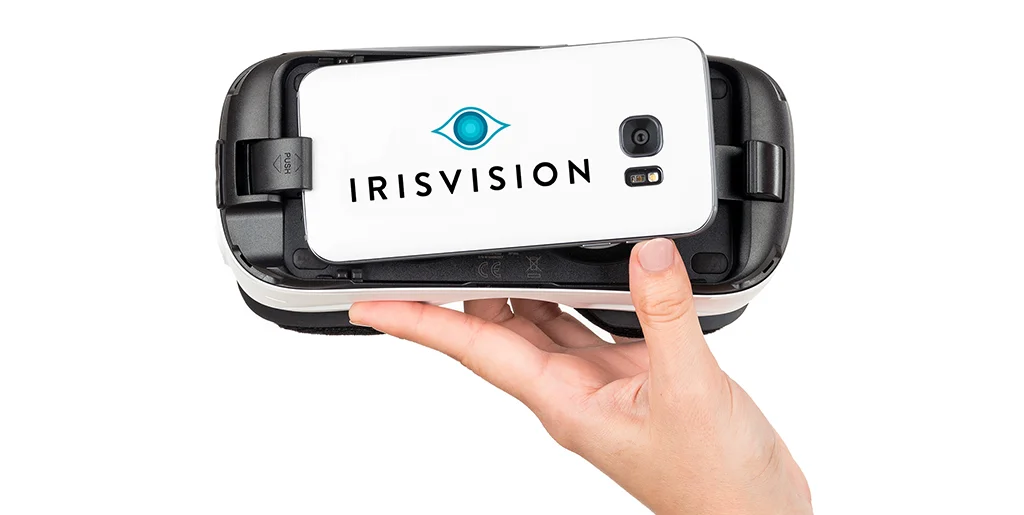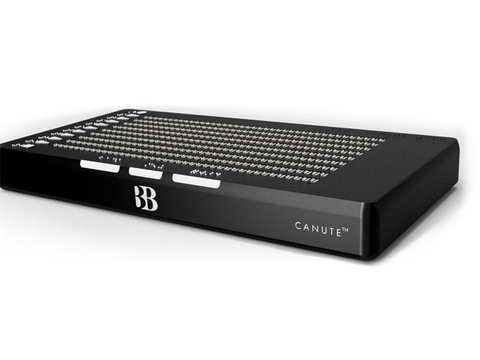Discover Innovative Tools Made for the Visually Impaired
The development of cutting-edge tools for the aesthetically impaired represents a considerable improvement in accessibility and independence. Technologies such as wise glasses with AI capacities and mobile applications designed to supply auditory summaries are improving daily experiences for customers. Additionally, wearable gadgets that utilize haptic responses improve ecological understanding, while modern Braille developments supply brand-new ways to engage with message. As these tools remain to advance, their effect on the lives of those with aesthetic problems raises essential concerns regarding the future of inclusivity and autonomy in various facets of life. What lies in advance in this technological landscape?
Smart Glasses for Navigating

Smart glasses developed for navigating are reinventing the means aesthetically damaged people connect with their atmosphere. These innovative tools utilize a mix of video camera innovation, synthetic knowledge, and auditory feedback to offer real-time information about environments. By employing obstacle discovery systems, smart glasses can alert customers to potential threats, allowing safer mobility in both acquainted and unknown settings.
The assimilation of GPS innovation even more boosts navigating capacities, permitting customers to obtain auditory instructions as they move. This hands-free strategy not only fosters independence however likewise equips visually damaged people to navigate urban landscapes with boosted confidence. In addition, many wise glasses are equipped with functions that determine spots and street indicators, providing contextual details that boosts the customer experience.
In addition, the advancement of these gadgets is continually progressing, with firms functioning to improve the accuracy of item recognition and increase the series of navigational attributes. As clever glasses end up being extra budget friendly and accessible, they hold the possible to dramatically change daily life for visually damaged customers. Ultimately, these ingenious devices stand for an important step towards inclusivity, offering boosted wheelchair and a higher feeling of freedom for people browsing the globe around them.

Mobile Apps for Daily Living
Just how can mobile applications boost the everyday lives of visually damaged individuals? Mobile apps are changing the method aesthetically impaired customers browse their settings, handle everyday jobs, and access details. These applications supply essential assistance through different functionalities, promoting independence and boosting lifestyle.
Numerous ingenious mobile applications are developed especially for daily living. For instance, apps like Be My Eyes connect visually damaged customers with sighted volunteers using video telephone calls, permitting them to get real-time support with jobs such as reading tags or navigating unknown rooms. In A Similar Way, Seeing AI, established by Microsoft, utilizes fabricated knowledge to define environments, read message, and determine items, properly changing a smartphone right into an effective device for everyday support.
Furthermore, navigation apps tailored for the visually impaired, such as Aira and BlindSquare, offer audio-based directions and environmental info, allowing individuals to traverse their environments safely and with confidence. Beyond navigating and immediate assistance, mobile apps additionally support company and job management, with attributes that help individuals establish pointers, create order of business, and track visits. In recap, mobile applications act as indispensable sources, encouraging aesthetically impaired individuals to lead more independent and satisfying lives.
Wearable Technologies for Assistance
Empowerment with modern technology is increasingly evident in the world of wearable devices created to assist visually impaired individuals. These ingenious devices integrate effortlessly into every day life, improving navigation and providing essential comments to individuals. As an example, clever glasses equipped with cams can recognize faces and check out message aloud, allowing users to communicate more confidently in social and professional settings.
Another noteworthy innovation is using haptic responses systems in wearable devices. These systems make use of resonances or various other tactile signals to communicate information concerning the customer's environment, such as obstacles or modifications in surface, improving mobility and safety. Wearable innovations also consist of wristbands that connect to mobile phones, alerting users to notices via subtle resonances, thus enhancing connection without reliance on aesthetic cues.
As these technologies remain to progress, they are not just boosting self-reliance for aesthetically damaged people yet also cultivating a higher sense of incorporation in society. By linking the space between difficulties faced in everyday living and the possibility for freedom, wearable innovations work as crucial devices in the quest for equal rights and empowerment for those with aesthetic problems.
Sound Summary Devices
Audio description devices play an important function in enhancing availability for visually impaired individuals, supplying them with the capacity to involve with aesthetic media. Voice-activated assistive devices. These devices supply narrated summaries of crucial aesthetic components in movies, television shows, and live efficiencies, ensuring that individuals can completely comprehend the context and emotions metal glasses communicated via visuals
Sound summary can be incorporated into numerous systems, consisting of streaming services, movie theater testings, and live movie theater. Numerous popular streaming solutions currently consist of audio summary as an ease of access attribute, allowing customers to select it quickly. Along with traditional media, specialized apps likewise exist, supplying audio descriptions for art exhibits, museums, and various other cultural events.
The effectiveness of audio summary rests on the skill of the storytellers, that must convey visual information succinctly without diminishing the initial audio. Advancements in this field are likewise leading the method for more customized experiences, where customers can adjust the degree of information and pacing according to their preferences.
Braille Innovations and Tools
Braille tools and advancements have actually considerably changed the method aesthetically impaired individuals interact with message and information. Modern improvements have actually led to the growth of versatile devices that boost literacy and independence amongst individuals.
In addition, mobile Braille notetakers incorporate typical Braille input with modern performances, assisting in note-taking, scheduling, and record editing on the go. Screen readers for the blind. These portable devices frequently feature text-to-speech capabilities, connecting the space between Braille and acoustic info
On top of that, ingenious Braille printers have arised, allowing individuals to produce Braille tags, files, and educational materials efficiently. This ease of access fosters higher participation in academic visit our website and professional settings, eventually advertising inclusivity.
Furthermore, research right into smart Braille modern technologies remains to expand. Devices that include expert system are being checked out to offer real-time navigation aid and contextual info, enhancing the individual experience in diverse setups. On the whole, these developments mirror a commitment to equipping visually damaged individuals via technology, ensuring they can conveniently gain access to and involve with the globe around them.

Conclusion
The innovation of cutting-edge tools for the visually damaged considerably improves independence and top quality of life. These innovations not only foster better incorporation yet likewise advertise autonomy in everyday activities, inevitably adding to a more equitable and accessible culture for aesthetically impaired people.
As wise glasses become extra budget-friendly and accessible, they hold the possible to dramatically transform daily life for aesthetically impaired individuals. Mobile apps are changing the method aesthetically impaired customers navigate their atmospheres, handle daily tasks, and gain access to details. Applications like Be My Eyes link aesthetically damaged individuals with sighted volunteers via video clip telephone calls, enabling them to get real-time aid with tasks such as checking out labels or browsing strange areas.Additionally, navigating applications tailored for the visually damaged, such as Aira and BlindSquare, offer audio-based instructions and environmental details, making my company it possible for individuals to traverse their surroundings safely and with confidence.The advancement of ingenious devices for the aesthetically impaired significantly improves freedom and quality of life.